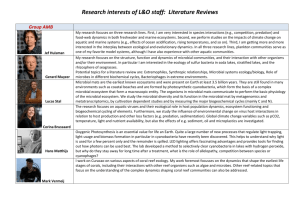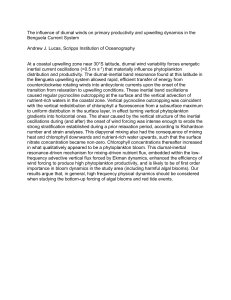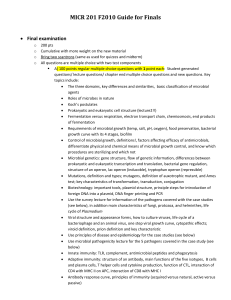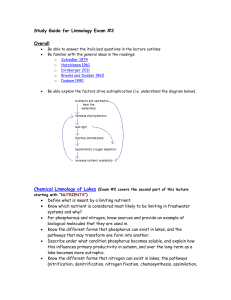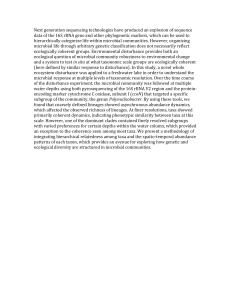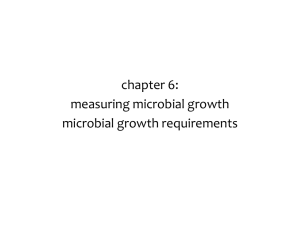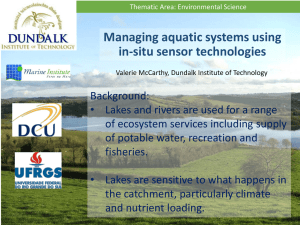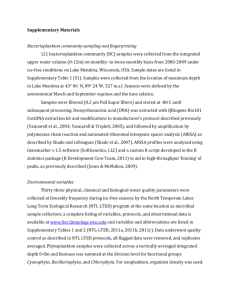Disentangling Drivers of Aquatic Microbial Community Dynamics
advertisement
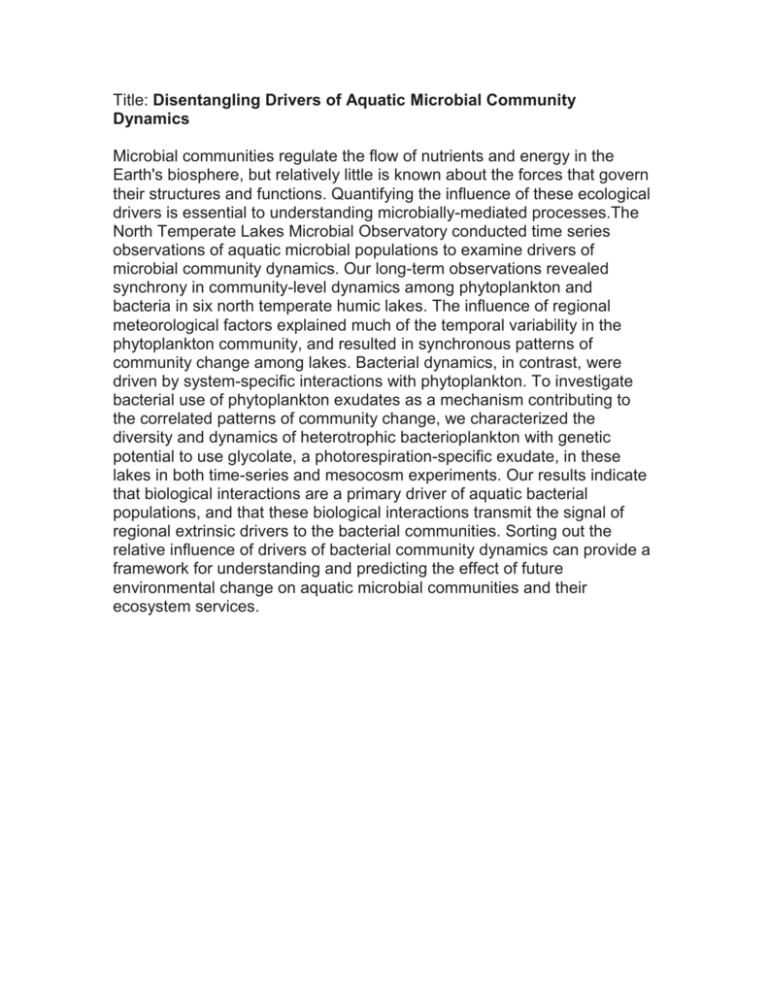
Title: Disentangling Drivers of Aquatic Microbial Community Dynamics Microbial communities regulate the flow of nutrients and energy in the Earth's biosphere, but relatively little is known about the forces that govern their structures and functions. Quantifying the influence of these ecological drivers is essential to understanding microbially-mediated processes.The North Temperate Lakes Microbial Observatory conducted time series observations of aquatic microbial populations to examine drivers of microbial community dynamics. Our long-term observations revealed synchrony in community-level dynamics among phytoplankton and bacteria in six north temperate humic lakes. The influence of regional meteorological factors explained much of the temporal variability in the phytoplankton community, and resulted in synchronous patterns of community change among lakes. Bacterial dynamics, in contrast, were driven by system-specific interactions with phytoplankton. To investigate bacterial use of phytoplankton exudates as a mechanism contributing to the correlated patterns of community change, we characterized the diversity and dynamics of heterotrophic bacterioplankton with genetic potential to use glycolate, a photorespiration-specific exudate, in these lakes in both time-series and mesocosm experiments. Our results indicate that biological interactions are a primary driver of aquatic bacterial populations, and that these biological interactions transmit the signal of regional extrinsic drivers to the bacterial communities. Sorting out the relative influence of drivers of bacterial community dynamics can provide a framework for understanding and predicting the effect of future environmental change on aquatic microbial communities and their ecosystem services.

